Google Pixel 8 vs Pixel 7: evolution or rerun?
We may earn a commission if you make a purchase from the links on this page.

Intro
Google's latest-and-greatest Pixel 8 phones launched back in October of 2023. As usual, it's two phones — a big Pro and a cheaper non-Pro model. But, for the first time ever, Google made the gap between the two versions bigger, with significant upgrades reserved for the Pixel 8 Pro variant. Even the December Feature drop, which brought Gemini AI to the Pixel phones only unlocked special features on the Pixel 8 Pro.
Hard to explain, considering that the small Pixel 8 has the same Tensor G3 chip inside... supposedly, right, Google? Even things that are done on the cloud — like the Video Boost feature — are locked to the Pixel 8 Pro, which makes little sense.
And then, the Pixel 8 isn't even a bargain anymore — it launched with a $100 uptick over what the Pixel 7 launched at. That would've been fine, but it also turns out that it didn't get as many camera upgrades as the Pixel 8 Pro.
The Pixel 7 still retails at $600, but often drop by $150-$200 during sales periods, or can be up to $450 off with trade-ins. So, let's say you can ideally find a Pixel 7 for $400 — should you even go for the new-and-shiny Pixel 8? Or... if you already own a Pixel 7, should you even be worried about upgrading?
Well, let's explore what we know so far and try to figure this out:
Well, let's explore what we know so far and try to figure this out:
Google Pixel 8 vs Pixel 7 in a nutshell:
- Pixel 8 is slightly smaller
- Same camera hardware, but Pixel 8 has new software tricks
- Tensor G3 vs Tensor G2 - small upgrade
- Pixel 8 gets 7 years of software updates - that'll probably outlive the original battery
Table of Contents:
Read more:
Design and Size
The Pixel is leaning more towards the compact side
The regular Pixel 7 model is smaller than the Pro variant, but it's not exactly "compact". It still has a 6.32" screen, which is still a bit on the "don't use with one hand" side. The Pixel 8 has shrunk down by a bit down to a 6.2" display and a smaller body overall. This should be enough to get it a step closer to that "easy to pocket" format, but we wouldn't say it's a massive difference.
Otherwise, we find the same camera module on the back — the Pixel-signature vizor-like construction, which is an acquired taste. It never lets your phone lay flat on a table, but then again — neither do other "camera bumps" out there. The camera bar of the Pixel at least also acts as a finger rest while holding the phone with one hand. Both phones are also metal-and-glass sandwiches, naturally, as this is the language of flagships nowadays.
On the front, the screens are completely flat — no curved glass shenanigans on the non-Pro models. The displays are interrupted by small camera punch-holes, of course, for the selfie cams.
Display Differences
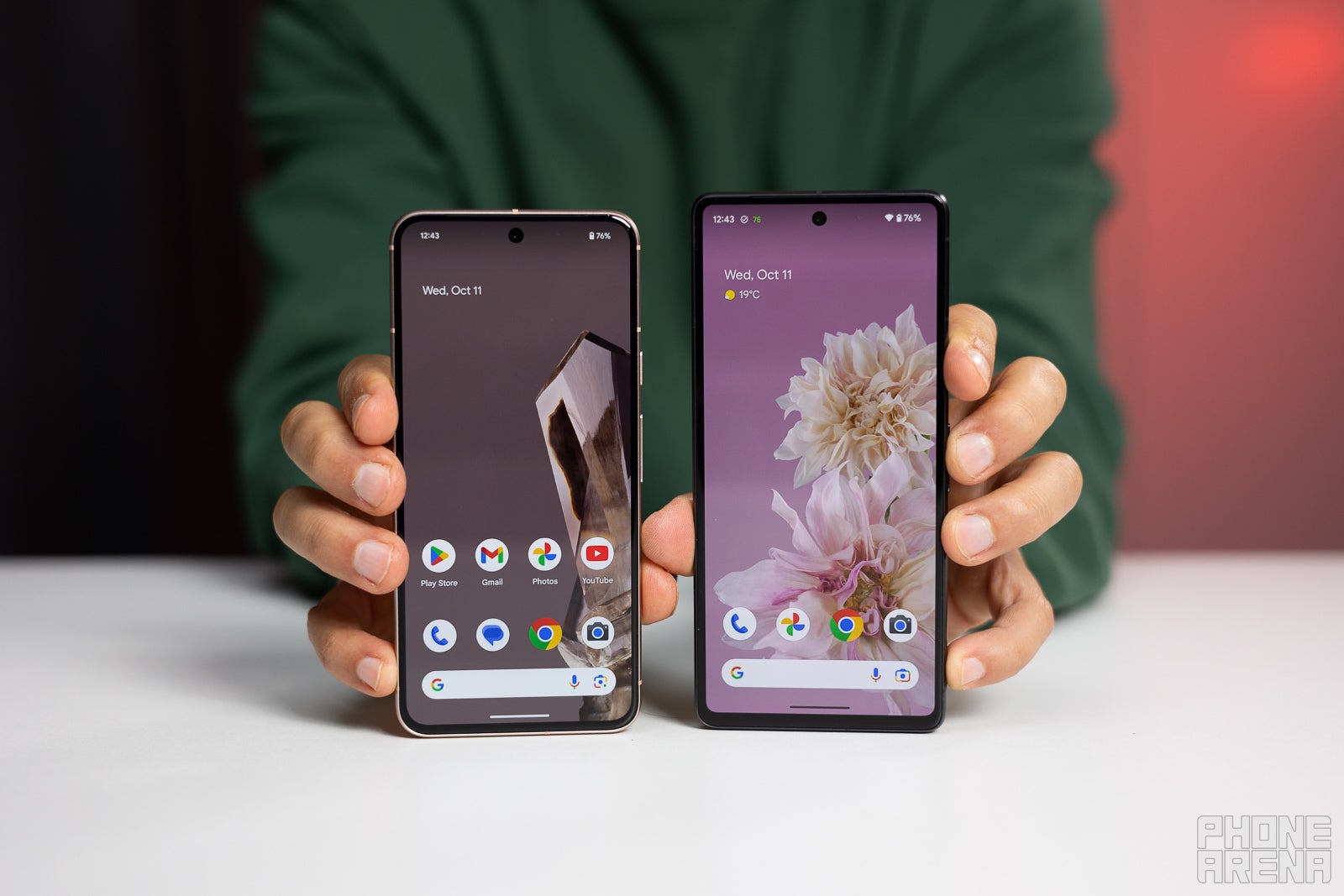
(Image Credit - PhoneArena)
Aside from having a slightly smaller panel, the Pixel 8's screen is overall better — it reaches 2,000 nits of peak brightness and it has a 120 Hz refresh rate. The Pixel 7 has 1,400 nits peak brightness and a 90 Hz refresh rate.
Purists can definitely notice a difference between 90 Hz and 120 Hz. If you don't care about animations all that much, however, anything north of 60 Hz will feel "smoother" to you — so the 90 Hz screen of the Pixel 7 shouldn't be a "dealbreaker" for most users.
That new panel on the Pixel 8 is called an Actua Display and Google is exceptionally proud of how it can play HDR footage even under direct sunlight. The other specs are shared — Full HD, 20:9 aspect ratio, AMOLED technology. It's very possible that the screens will look identical when it comes to colors and contrast, though Google does say that the new Actua screens have a better color calibration — we will be testing that.
We do our display lab tests using specialized software and a professional light meter, making sure there are no external factors that could alter the results. From the tests we did on the Pixel 8 and Pixel 7, it is definitely clear that the new model is vastly superior as far as screen brightness goes, just like Google claims.
However, for some reason, our Pixel 7 unit had better color calibration compared to the newer Pixel 8, with less drift into the teal hues. That could be chalked up to the difference of individual panels, but in-person, the difference is indeed visible. If you only own one or the other of these devices, your eyes will get used to the particular screen — but side by side, we like the colors of our Pixel 7 a bit more.
Performance and Software
When will the Tensor get tense?
Google's Tensor chips aren't really workhorses — they are not here to crush benchmark specs. Instead, they have cores dedicated to photo processing and AI works for the Google Assistant and the new Bard AI. Supposedly, this is what unlocks the exclusive features of the Google Photos app, Google's excellent HDR processing, and the exclusive Assistant features like call screening, "direct my call", voice transcribe, and many others.
We do have a few notable jumps with the Tensor G3 — the Geekbench Multi-core test scored it 25% more than what the Tensor G2 got. And it received 30% more points on the 3DMark test while cool. However, once both the G3 and G2 throttle, they fall down to about the same 1,600-1,700 score range.
Well, the Pixel 8 has somewhat better performance across the board compared to its predecessor. The benchmark tests we do to measure each phone's performance is done without a case and at room temperature, so what you see is what you get here.
As for software, man do we have good news! The Pixel 8 and Pixel 8 Pro will get 7 years of OS updates. That means that these phones will get Android 21 in 2030. The Pixel 7, doesn't seem to fall under that new Google update policy, so it should probably get Android 16 in 2025 and then call it quits.
That aside, both phones are currently running on Android 14 — the Pixel 8 launched with it, the Pixel 7 should be getting it via an update. With quality of life improvements like lockscreen shortcut editing, homescreen customization, improved sharing menu, among others.
Camera
It's all in the Photos app
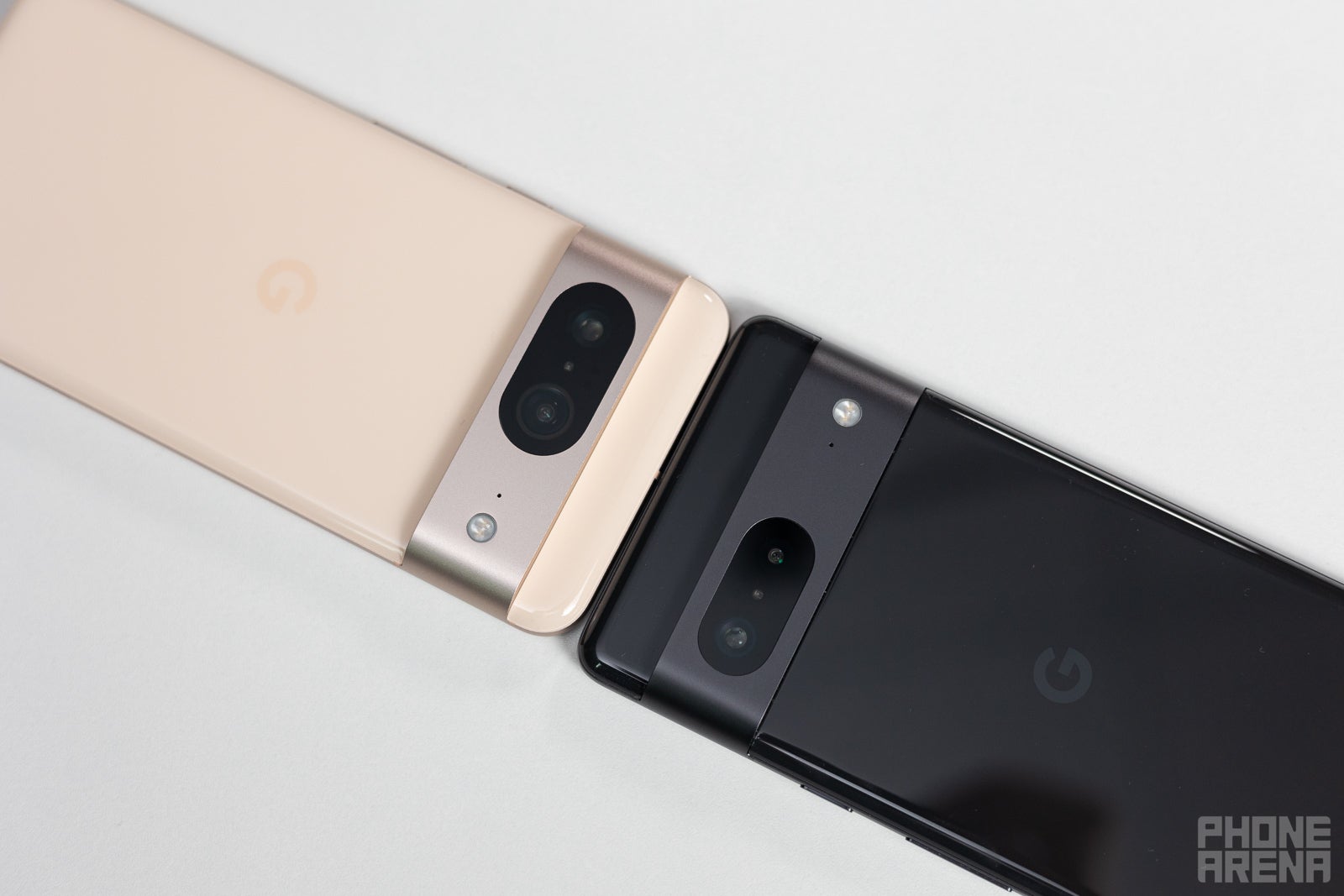
(Image Credit - PhoneArena)
On the specs sheet, the Pixel 8 has a 50 MP main camera, just like last model. Then, a 12 MP ultra-wide one and a 10.5 MP selfie camera instead of the 10.8 MP on the Pixel 7. But, of course, when we are talking about Google products — the hardware is less than half the story. It's all about the software.
Main Camera - Daytime Photos
Curiously enough, some Pixel 8 photos here look like they took a slight step back — the skintone in the very first sample is more pinkish than even the Pixel 7. Then, the dynamics on sample 11 lean more towards burnout than the next shot, which was taken with Pixel 7.
But, in general, very much identical performance by both phones and we can assume that there's further tuning to be done via software updates.
Main Camera - Low-light / Night Photos
At night, we can see some more improvement. For one, the Pixel 8 captures light sources better, with slightly less blooming around them. Secondly, night shots typically come out warmer and yellow-ish on most phones. The Pixel 8 shots more often deal with that yellow hue and provide a more balanced shot. Also, do we see less glare?
Zoom Quality
Apparently, there are better SuperRes Zoom algorithms, or the Tensor G3 is dealing with the magnification better — zooming in with the Pixel 8 gives us far less jagged detail and better, vibrant colors.
Portrait Mode
A huge improvement can be spotted when using Portrait Mode. It's still not... great with edge detection on the Pixel 8, but is definitely usable, which is not something we can say about the Pixel 7's Portrait Mode, which looks dull, jagged, and basically like a low-quality edit.
Ultra-wide Camera
The ultra-wide camera shots look very, very similar but there are two consistent differences we can spot — the Pixel 7 pictures have a slightly warmer tone almost each time. Also, the Pixel 8 seems to be reigning in the software oversharpening as its ultra-wide shots have less jagged edges around the finer details.
Selfies
Overall, identical performance from the selfie cameras here, and much more accurate skin tones than what the main cameras gave us.
Then, there's the added value of new features, which may or may not be trickling down to the Pixel 7. Google showed us some very impressive new software tricks for the Pixel 8 and Pixel 8 Pro — the new Magic Editor, which can remove items or generate items where there are none. For example — if you couldn't get a specific subject into your shot ant cropped it out a little, the Magic Editor can grab that object, move it anywhere in frame, and generate its missing parts.
We don't see why the Pixel 7 wouldn't be capable of utilizing them, as they are tied to the Google Photos app and service, and not necessarily the phone hardware. At least not most of them. But, for now, Google is coy about if or which camera features will be trickling down to other Pixels.

Audio Quality and Haptics
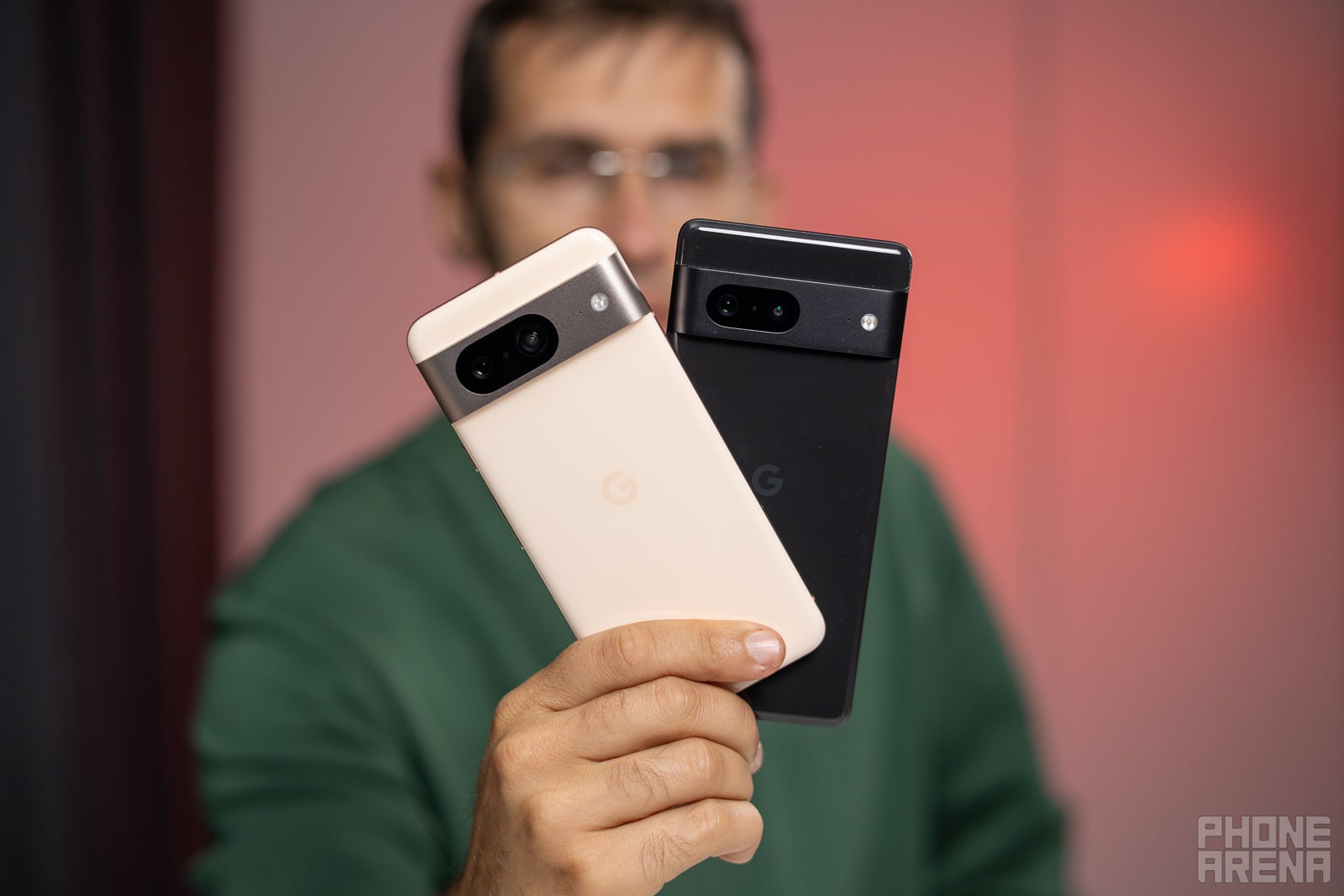
(Image Credit - PhoneArena)
The non-Pro Pixels haven't been wowing us with impressive sound so far. Yeah, they are stereo and they sound good enough for talking head videos on YouTube. But they lack base, their mids are a bit muffled, and they can sound tinny when turned up. With its smaller body, the Pixel 8 doesn't really have much room for acoustical improvement. So, its speakers, just like with the Pixel 7, are serviceable, but not astounding.
As for haptics — Pixels have been clicky and clacky for years now and we are very happy when using them. This includes the 7 and the new 8 series.
Battery Life and Charging
The Google Pixel 7 had a 4,355 mAh battery, and the Pixel 8 offers a slight upgrade up to 4,575 mAh despite the fact that the phone is physically smaller. In theory, that could give us slightly more screen-on time, but endurance times may be evened out by the more powerful, thus more power-hungry Tensor G3.
So, how did the phones perform in our tests?
With slight fluctuations — we have very similar battery endurance. In real life, that translates to a very comfortable day with both of these phones. You can browse social media, play around with the cameras, and check in with your idle RPG of choice periodically, and they will still hold a good amount of charge in the evening.
In terms of charging, we should be getting 24 W max power on the wire, a bit more than the 20 W that the Pixel 7 is rated for — but that tiny difference doesn't change charging speeds dramatically.
We use a recommended by Google charger during our charging test, measuring the speed from the 0% mark. You, on the other hand, probably won't have to charge either of these Pixel phones from a completely dead battery, at least not regularly, so the charge to 100% should typically take significantly less time.
Specs Comparison
So, here is a clash between the core specs of these two phones. You can take a look at a more detailed comparison if you visit our Google Pixel 8 vs Pixel 7 specs page.
| Google Pixel 8 | Google Pixel 7 | |
|---|---|---|
| Size, weight | 5.93 x 2.79 x 0.35 inches (150.5 x 70.8 x 8.9 mm) 6.60 oz (187.0 g) | 6.13 x 2.88 x 0.34 inches (155.6 x 73.2 x 8.7 mm) 6.95 oz (197.0 g) |
| Screen | 6.2" OLED 120 Hz | 6.3" AMOLED 90 Hz |
| Processor | Google Tensor G3 4 nm | Google Tensor G2 5 nm |
| RAM, Storage | 8 / 128 GB UFS 3.1 8 / 256 GB UFS 3.1 LPDDR5X | 8 / 128 GB UFS 3.1 8 / 256 GB UFS 3.1 LPDDR5 |
| Cameras | 50 MP main 12 MP ultra 10.5 MP front | 50 MP main 12 MP ultra 10.8 MP front |
| Battery | 4,575 mAh | 4,355 mAh |
| Charging | USB-C 27 W wired 18 W wireless | USB-C 20 W wired 7.5 W wireless |
Summary and expectations
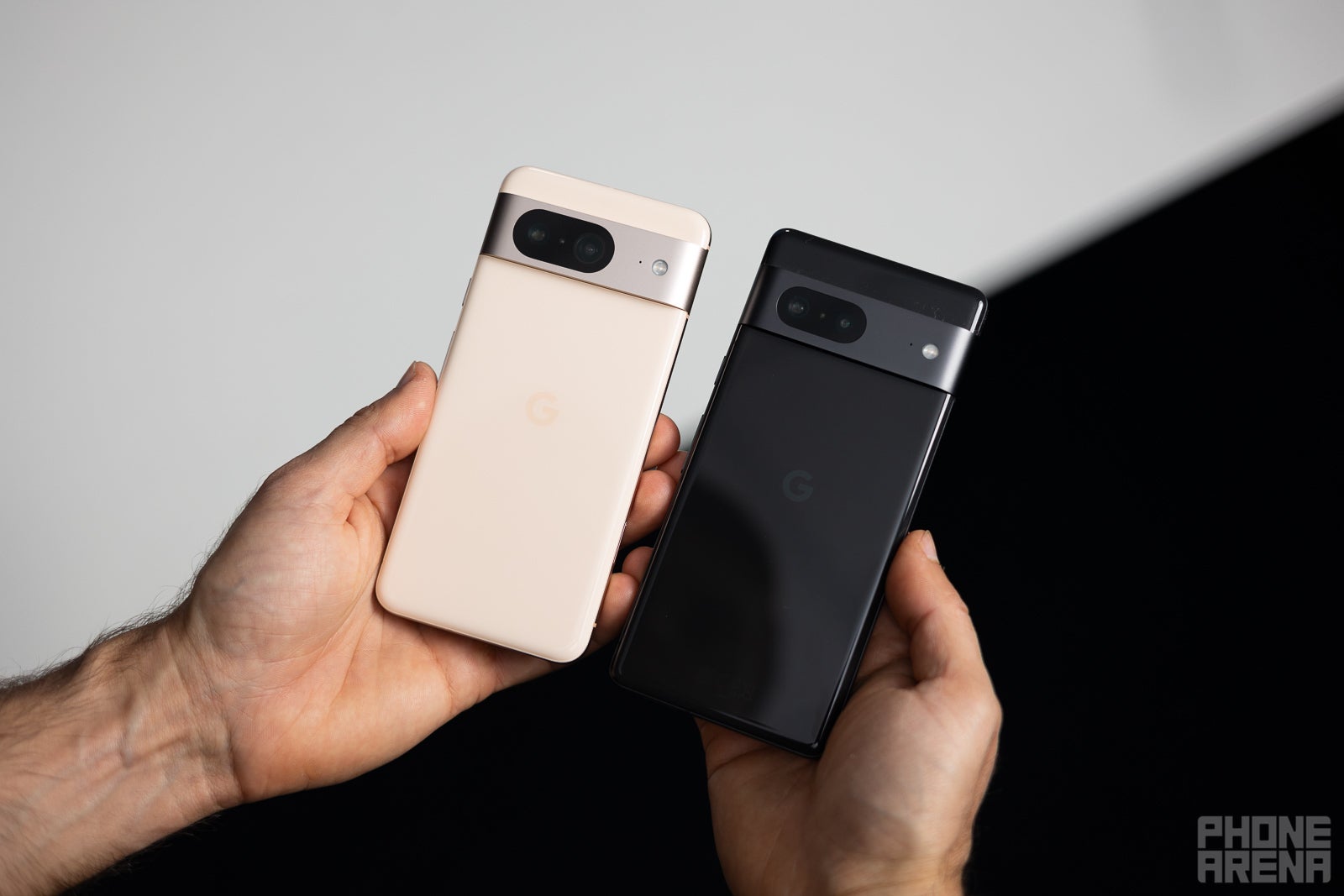
(Image Credit - PhoneArena)
For the most part, Google took a page off of Apple's book this time around — most notable upgardes are kept for the Pixel 8 Pro. In fact, the Pixel 8 feels held back for a lot of features. Why wouldn't it be able to take full-res 50 MP shots? Why wouldn't it be able to use Video Boost, seeing as that's a dedicated online feature happening inside Google Photos? Why wouldn't the Pixel 8 have a Pro Camera mode when its main sensor is the same as on the Pixel 8 Pro?
As such, it doesn't feel like a major upgrade over the Pixel 7, which is also not receiving any of the new software toys like Best Take. Well, at least Google hasn't confirmed nor denied that yet.
In any case, if you have a Pixel 7 — you should be good. And hey, the Pixel 9 is almost here by now, with an event set for August!
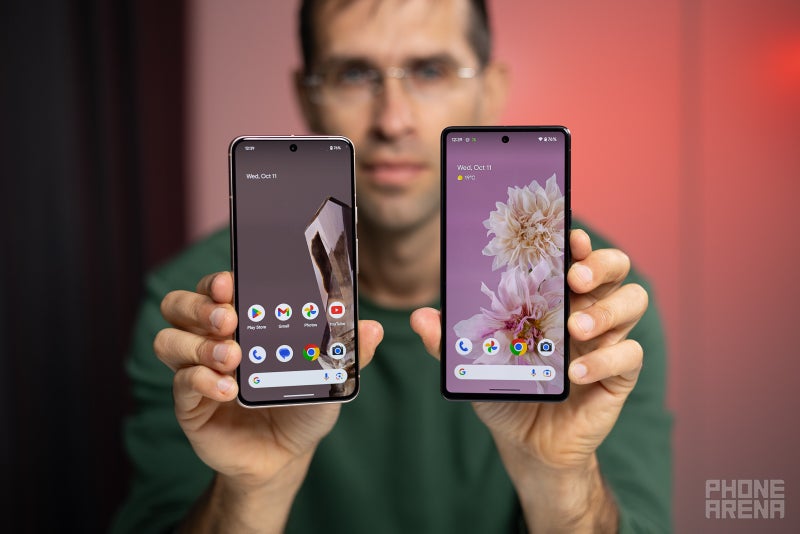
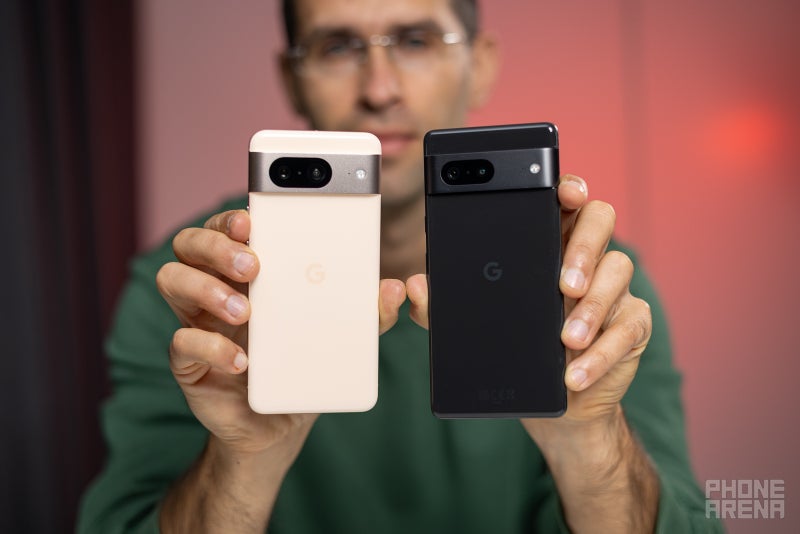
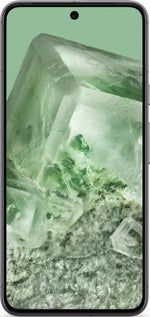
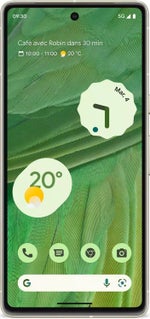














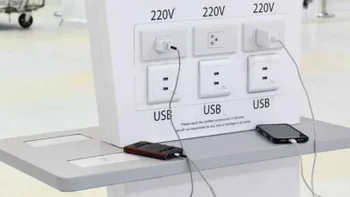

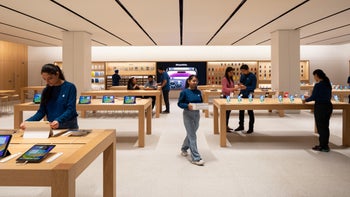


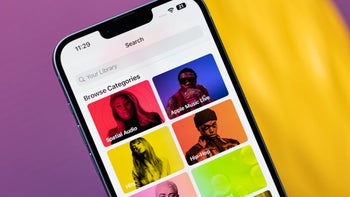
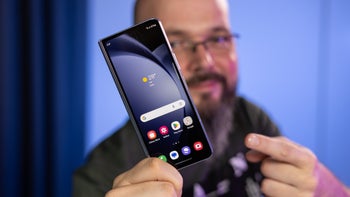
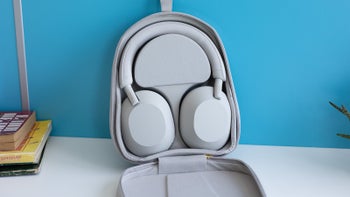
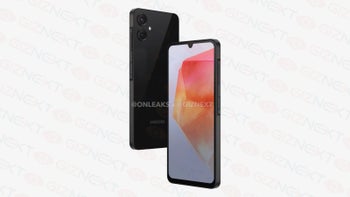
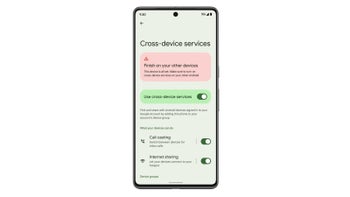






Things that are NOT allowed: